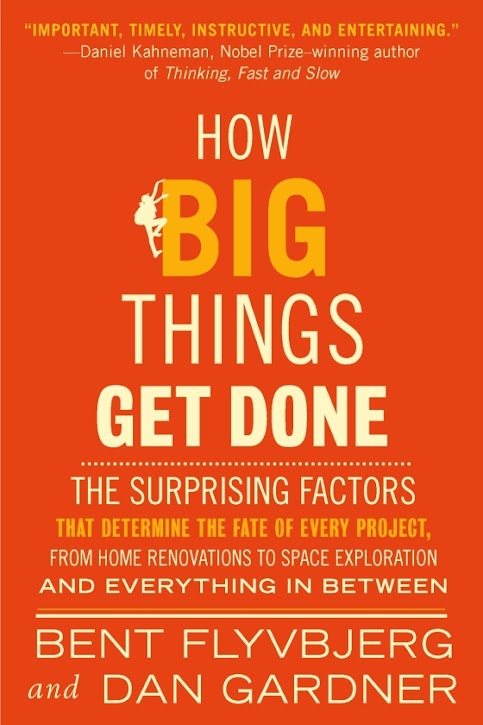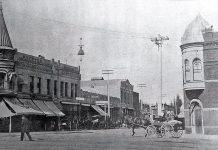I did not inherit my father’s handyperson skills, although I remember observing him install central air conditioning and successfully accomplishing other large projects at our house in Kings Point, New York. Perhaps seeing a booklet lying around his workroom describing how to build a bomb shelter scared the living daylights out of me, to the point of curing me of ever having any interest in learning how to successfully putter. I was not much of a user of the well-stocked workroom my dad cherished.
Years later, I recall my law colleague and I purchased from Target an unassembled three-level bookshelf. We had the tools and a window of time to put the small bookshelf together. Hours later, we admitted defeat and I returned the item to Target. To this day, we laugh at our level of handyperson incompetence.
Despite this history, I have always wondered how big projects get done. This interest led me recently to a book discussing this very subject.
In How Big Things Get Done, Bent Flyvbjerg and Dan Gardner delve into the surprising realities of large-scale projects, offering crucial strategies for success and revealing common obstacles that can get in the way. This framework holds valuable lessons for Los Gatos as it embarks on the ambitious undertaking of building a new community center and dealing with the fallout of the State’s mandates for housing construction in our town.
Understanding the Odds
Flyvbjerg and Gardner emphasize the importance of acknowledging the inherent challenges of complex projects. Cost overruns and schedule delays are not exceptions, but rather the norm. In fact, the frequency and size of the overruns and the delays for projects, both big and small, that they cite are mind-boggling. By recognizing these substantial potential hurdles upfront, Los Gatos can proactively mitigate risks and develop contingency plans.
Planning Slow, Acting Fast
The authors advocate for thorough, iterative planning before diving into execution. This “plan slow, act fast” approach allows for flexibility and adaptation as unforeseen challenges arise. For the community center project, this translates to meticulous feasibility studies, robust community engagement and a phased approach to implementation.
As a member of the Los Gatos Thrives nonprofit foundation working toward the construction of a new community center, I’ve observed the careful planning for this massive project. As I listened to How Big Things Get Done, I found myself wondering whether many of the other people involved in the project read the book before me, as they seem to have already embraced its lessons.
Thinking Right-to-Left
Rather than focusing solely on the initial steps, Flyvbjerg and Gardner encourage project leaders to “think right-to-left,” starting with the desired end state and working backward. This ensures that every decision aligns with the ultimate vision. In the case of the construction of a new community center, this includes fostering intergenerational connections, providing accessible recreational facilities, and supporting local arts and culture.
Finding Your “Lego”
The book highlights the power of modularity—breaking down large projects into smaller, manageable components. This “Lego” approach allows for greater flexibility, easier troubleshooting and a more iterative process. The book cites the example of the construction of Apple Park, Apple’s headquarters in Cupertino. It is a massive and intricate structure. But, it was constructed from countless individual components—bricks, glass panels, steel beams, etc.—carefully assembled to create the final vision. This mirrors how Lego creations start with individual bricks and gradually form larger, more elaborate structures.
Who Should Read the Book?
Peter Coy, writing in The New York Times, argues that How Big Things Get Done is essential reading for anyone involved in planning and executing large-scale projects, from government officials and business leaders to community organizers and even homeowners embarking on major renovations. I believe the book’s insights are particularly relevant for Los Gatos, where the success of the community center and other projects in town—including new housing—hinges on careful planning, effective collaboration and a realistic understanding of the challenges ahead.
My hope is that, if we embrace the principles outlined in How Big Things Get Done, Los Gatos will increase its likelihood of delivering a community center—and housing—while remaining within budget. The town would get valuable assets that meet the needs of residents for generations to come.










